By Janice Schulz
Researchers know that life events tend to leave some amazingly informative paper trails and that sometimes you can find good things in seemingly bad places. For some individuals, a prison sentence was a significant, formative life event, and the paper trails that prison stays provide can tell some interesting stories. The Cincinnati Workhouse, which operated from 1869-1985, tried to take those prison sentences and turn them into more positive experiences for inmates and society through rehabilitation, emphasis on moral ideals, and hard work. As part of our Ohio Network of Local Government Records collection, the Archives and Rare Books library holds jail registers from the Cincinnati Workhouse for the years 1877-1945.
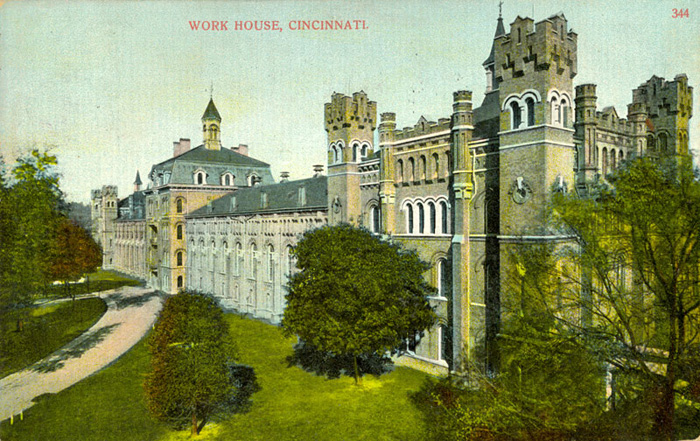
The Cincinnati Workhouse in an idyllic, undated postcard from ARB’s Nelson and Florence Hoffmann Cincinnati Postcard Collection
On March 9, 1866, the Ohio General Assembly passed an act authorizing any Ohio city exceeding 100,000 in population to erect and maintain a workhouse. A workhouse was a new concept in the field of criminal justice, responding to the emerging idea that crime was related to societal and moral issues, and providing not only punishment, but rehabilitation as well. A workhouse aimed to rehabilitate by stressing moral values, providing inmates with something productive to do, and possibly introducing them to a new trade. Additionally, they were seen to be more cost-effective than traditional jails, as inmate labor contributed to the institution’s operations and provided outside income. Continue reading

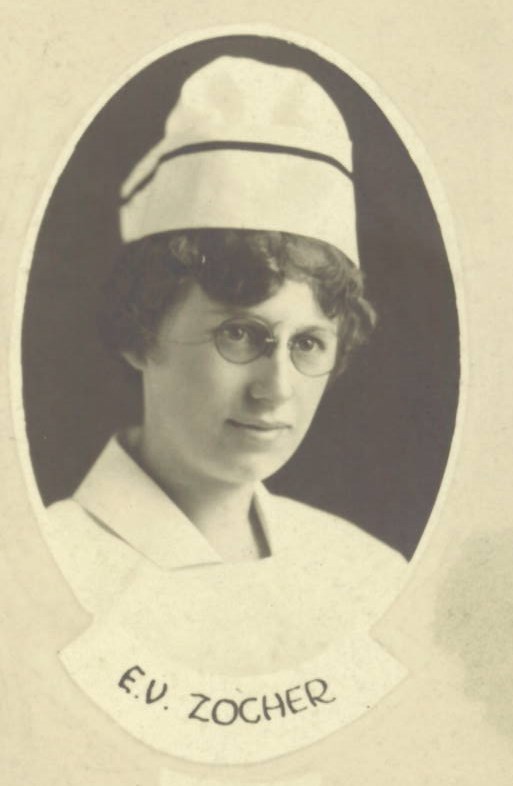
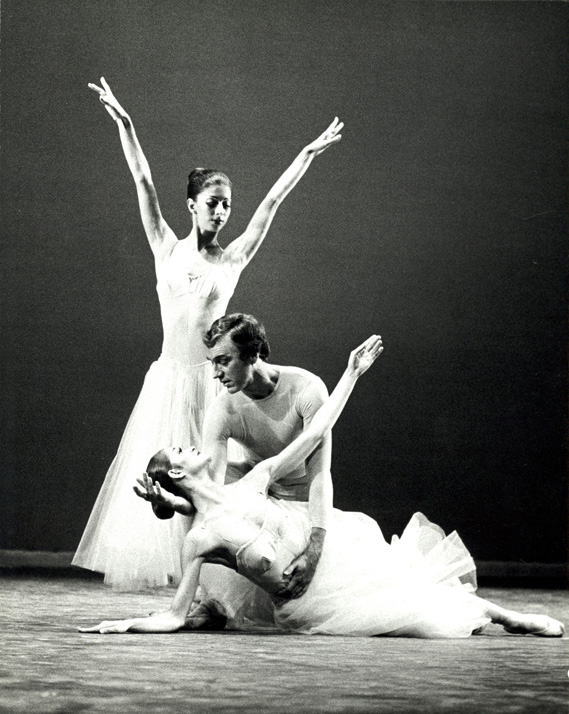
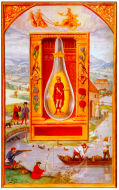
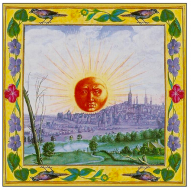
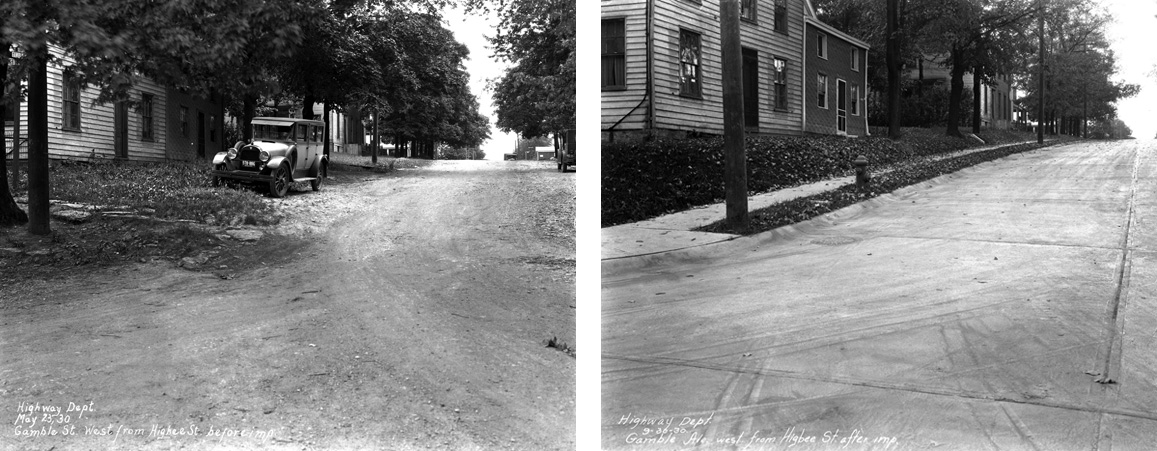
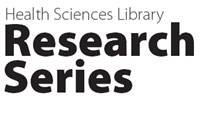
 This summer, Langsam Library was a busy place as over 4,000 incoming students participating in UC New Student Orientation visited and learned about all that UC Libraries has to offer. While here, they engaged in activities designed to be entertaining while at the same time informative about the various research resources, assistance, and library services they can take advantage of when they return in the fall.
This summer, Langsam Library was a busy place as over 4,000 incoming students participating in UC New Student Orientation visited and learned about all that UC Libraries has to offer. While here, they engaged in activities designed to be entertaining while at the same time informative about the various research resources, assistance, and library services they can take advantage of when they return in the fall.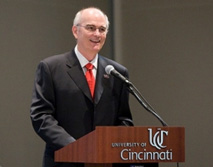 Gregory H. Williams became the University of Cincinnati’s 27th president when he took office in September 2009. Among more than 100 applicants for the position, he was selected in part because of his outstanding work in transforming the City College of New York, where he served as president before joining the UC. Williams received national acclaim for his book, Life on the Color Line: The True Story of a White Boy Who Discovered He Was Black (New York, NY: Dutton, 1995). Over a decade later, he still received feedback from his readers while serving as the president here at UC. The memoir was his way of telling the world about struggling with poverty and acceptance during his youth and dealing with his biracial identity in Muncie, Indiana at a time when segregation was still highly overt in the United States. The book also brought to life other family issues such as alcoholism and abandonment. Throughout his account, he told the story of a normal childhood that spiraled into one of torment, welfare, and segregation, and then how he made the best of it. Williams became the star quarterback of his high school’s football team, excelled in college to earn four degrees, and worked his way up in higher education system until he became president of College City of New York from 2001-2009 and then president of the University of Cincinnati from 2009 to 2012.
Gregory H. Williams became the University of Cincinnati’s 27th president when he took office in September 2009. Among more than 100 applicants for the position, he was selected in part because of his outstanding work in transforming the City College of New York, where he served as president before joining the UC. Williams received national acclaim for his book, Life on the Color Line: The True Story of a White Boy Who Discovered He Was Black (New York, NY: Dutton, 1995). Over a decade later, he still received feedback from his readers while serving as the president here at UC. The memoir was his way of telling the world about struggling with poverty and acceptance during his youth and dealing with his biracial identity in Muncie, Indiana at a time when segregation was still highly overt in the United States. The book also brought to life other family issues such as alcoholism and abandonment. Throughout his account, he told the story of a normal childhood that spiraled into one of torment, welfare, and segregation, and then how he made the best of it. Williams became the star quarterback of his high school’s football team, excelled in college to earn four degrees, and worked his way up in higher education system until he became president of College City of New York from 2001-2009 and then president of the University of Cincinnati from 2009 to 2012. 